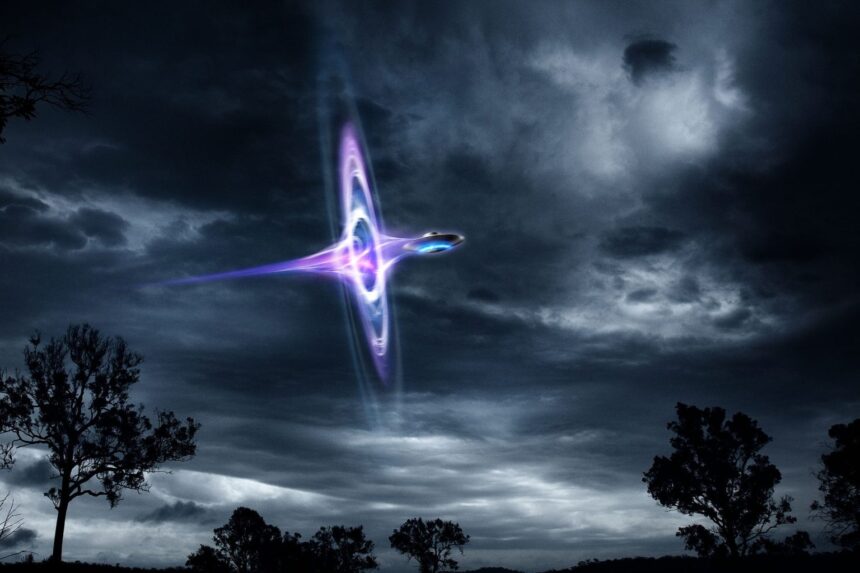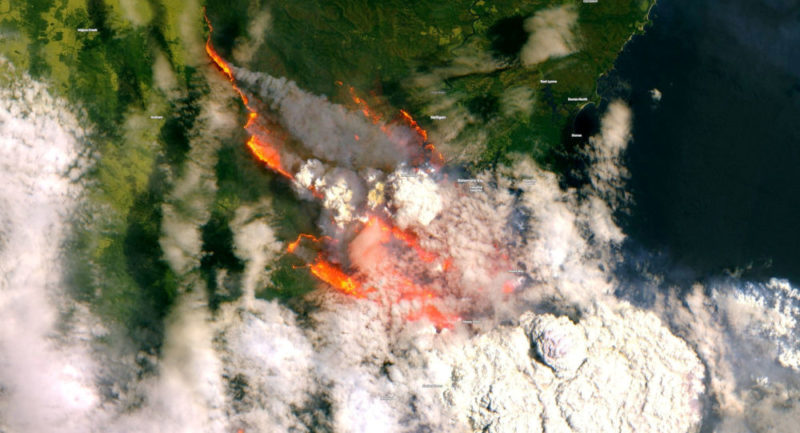In recent years, a peculiar phenomenon has captured the imagination of millions across social media platforms: self-proclaimed “time travelers” who emerge with bold, often apocalyptic predictions about humanity’s future. These individuals, leveraging the reach of platforms like TikTok and X, have sparked widespread curiosity and debate.
From forecasts of World War III to alien invasions and viral extinction events, their claims range from the intriguing to the outright fantastical. While skepticism abounds, the public’s fascination with these modern-day prophets persists, raising questions about time travel, human psychology, and the nature of reality itself.
One such figure, Eno Alaric, known online as @radianttimetraveler, has amassed a following of over 1 million by sharing cryptic visions of what lies ahead. Alleging to hail from the year 2671, Alaric’s posts blend science fiction with a sense of impending doom, captivating audiences even as his predictions fail to materialize. But what drives this interest? And could there be any shred of truth behind these extraordinary tales? Let’s dive into the world of social media “time travelers,” explore Alaric’s most notable claims, and unpack the philosophical and scientific implications of their narratives.
Eno Alaric: The TikTok Time Traveler’s Bold Predictions
Eno Alaric first gained attention with a TikTok video last year, where he ominously warned that humanity had only “a few days left with radio waves without aliens.” In a chilling follow-up, he pinpointed September 23, 2025, as the date when the “first confirmed alien signal” would reach Earth from a distant solar system. According to Alaric, this signal would herald the arrival of extraterrestrial beings intent on conquering the planet and wiping out humanity. “They plan to visit Earth soon and try to take over it,” he declared in the video, captioned simply, “Crazy events are coming soon…”
While Alaric didn’t specify an exact timeline for this supposed invasion, context clues suggest he may be alluding to 2025 or 2026. His other predictions paint an equally chaotic picture. He claimed that on October 23, 2024, the Sun would emit a “rare energy” enabling people to “see how they are doing” daily for three months. Interestingly, this coincided with real-world solar storms in late October 2024 and January 2025—events that, while scientifically explainable, lent a veneer of plausibility to his otherwise outlandish assertions.
November 2024, Alaric predicted, would bring a monumental discovery: an alien artifact buried in Antarctica, unleashing a “mysterious disease” with no cure. “This disease is very contagious and spreads rapidly around the world,” he warned. While no such artifact has surfaced, the notion of a global pandemic resonates with recent history, particularly the COVID-19 outbreak and ongoing debates about its origins. Alaric’s followers might point to these parallels as evidence of his foresight, though no concrete proof supports his claims.
Among his wilder prophecies, Alaric foresaw a meteor shower that would “appear out of nowhere,” leaving a “glowing pattern in the sky” and triggering the emergence of “new types of animals.” This event, he argued, would effectively “update” Earth’s ecosystem, altering the course of history. So far, the skies remain unchanged, and no glowing patterns or evolutionary leaps have been reported.
Why the Public Can’t Look Away
Skeptics might ask, “Does anyone actually believe these stories?” The answer isn’t a simple yes or no. For many, Alaric and his ilk are entertaining curiosities—modern storytellers spinning tales in the digital age. Yet their popularity underscores a deeper truth: social media is the perfect medium for such narratives. With its vast reach and instant connectivity, platforms like TikTok and X allow anyone with a compelling story to find an audience. If time travel were possible, it’s reasonable to assume a traveler might choose these tools to broadcast their warnings, just as Alaric has.
The allure of these predictions lies partly in their audacity. World War III, alien conquests, and cataclysmic meteor showers tap into primal fears and existential questions about humanity’s place in the universe. Even when the prophesied dates pass uneventfully, followers often remain hooked, awaiting the next revelation. Alaric’s cryptic sign-off—“And even more chaos will break out after that”—keeps the suspense alive, fueling endless speculation.
The Paradox of Time Travel: Can It Even Work?
Beyond the entertainment value, Alaric’s claims invite us to grapple with the concept of time travel itself. Is it scientifically feasible? And if so, how would it function without unraveling reality? The classic “grandfather paradox” illustrates the challenge: If a time traveler went back and killed their grandfather, they’d prevent their own birth, meaning they couldn’t have traveled back to commit the act. Yet if they never traveled back, their grandfather lives, and the cycle repeats ad infinitum.
One potential resolution lies in the Multiverse Theory, a concept rooted in quantum physics. This theory posits that every decision or event spawns infinite parallel realities, each diverging slightly from the others. In this framework, a time traveler who kills their grandfather does so in a separate timeline, leaving their original reality intact. Thus, Alaric—if he’s truly from 2671—might hail from a distinct “spatio-temporal reality” where his predictions unfolded, while our timeline follows a different path.
This raises a critical point: even if time travelers exist, their knowledge may not apply to our specific version of reality. Alaric’s alien invasions and glowing meteors could be historical facts in his world, yet remain mere possibilities—or impossibilities—here. The complexity of this idea stretches human understanding, blending physics, philosophy, and speculation into a mind-bending puzzle.
Science, Fiction, and the Future Ahead
While Alaric’s tales strain credulity, they arrive at a moment when reality itself feels increasingly surreal. Advances in artificial intelligence, quantum teleportation, and space exploration have blurred the line between science fiction and fact. Solar storms, as Alaric “predicted,” are real phenomena, monitored by scientists worldwide. The discovery of an alien artifact or a new disease isn’t beyond imagination, given humanity’s history of unearthing the unexpected.
Elon Musk, a figure synonymous with futuristic thinking, has echoed similar sentiments about the rapid transformation awaiting humanity. In recent statements, he suggested that the next decade will reshape the planet in ways we can scarcely predict—aligning with ideas previously floated by outlets like pronews.gr. Whether or not Musk subscribes to time travel theories, his vision of a radically altered future underscores the era’s uncertainty.
Preparing for the Unthinkable
As we navigate the 21st century, the human psyche faces unprecedented challenges. The pace of technological change, coupled with existential threats like climate shifts and potential cosmic events, demands resilience and adaptability. Whether Eno Alaric is a visionary, a fabulist, or something in between, his stories reflect a broader cultural impulse to peer into the unknown—and brace for what might come.
For now, his predictions remain unfulfilled, and the world spins on. But the next time a solar storm lights up the sky or a strange signal pings from the cosmos, a few might wonder: Could the “radiant time traveler” have been onto something after all? Only time—or perhaps a traveler from beyond it—will tell.

















